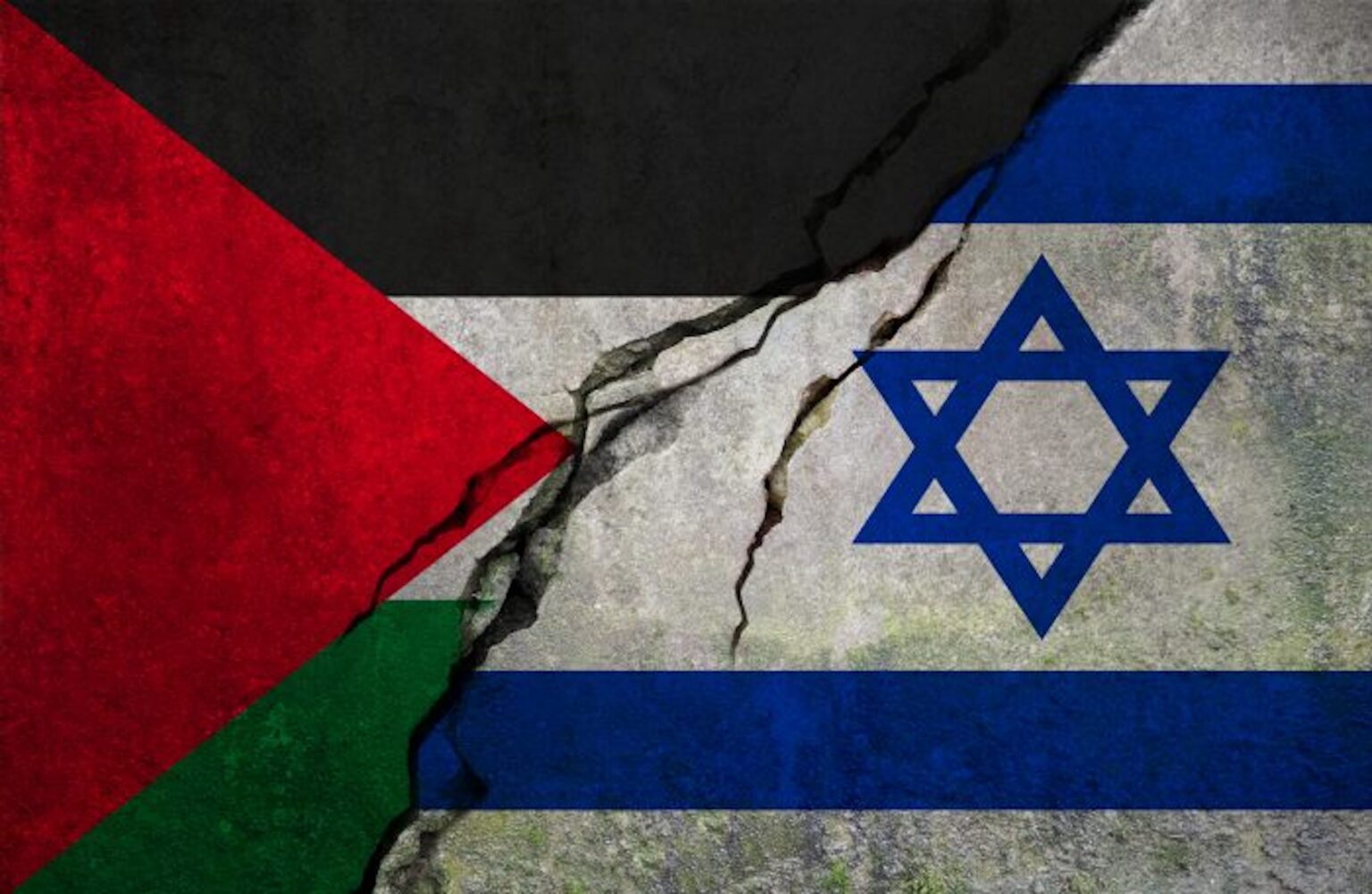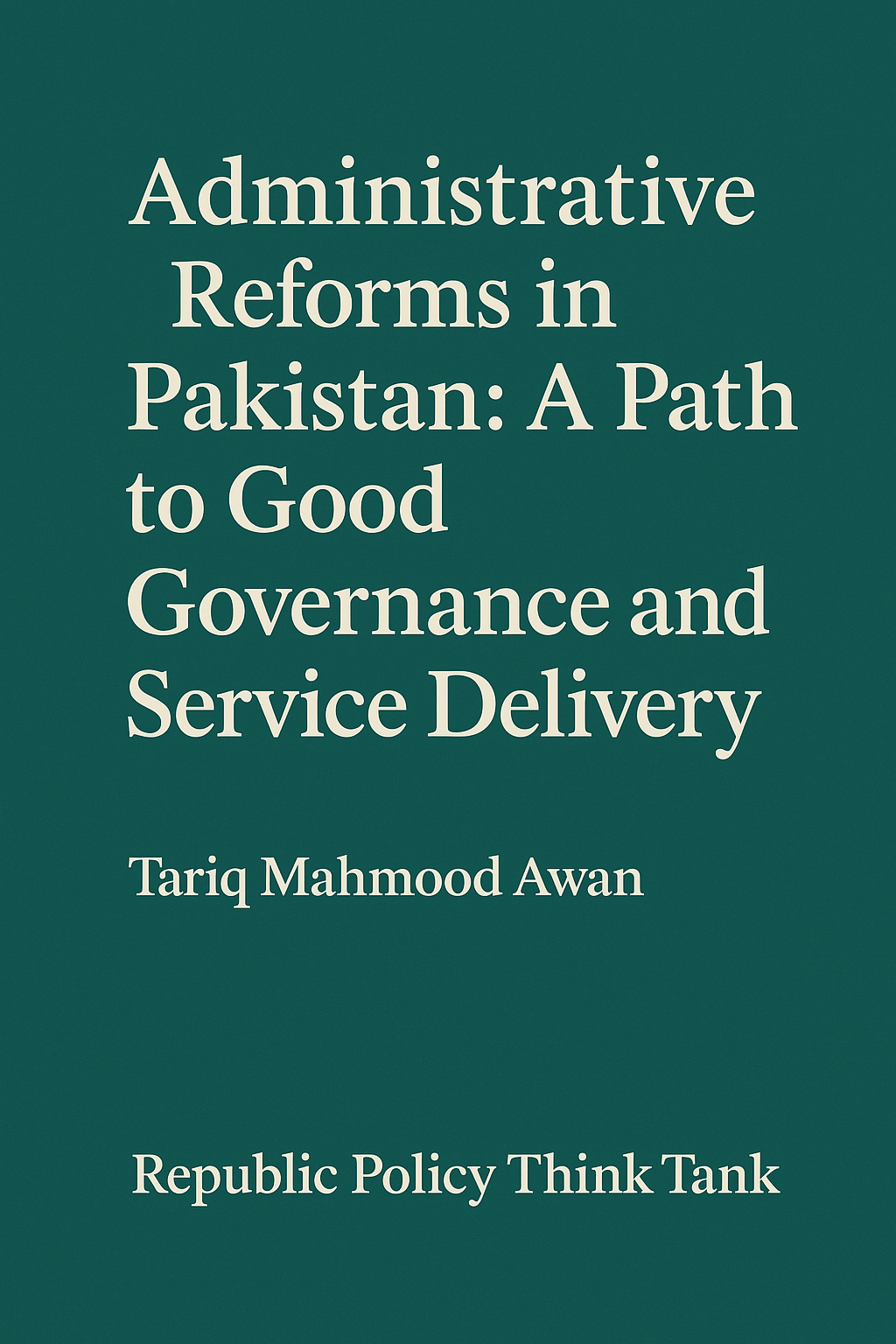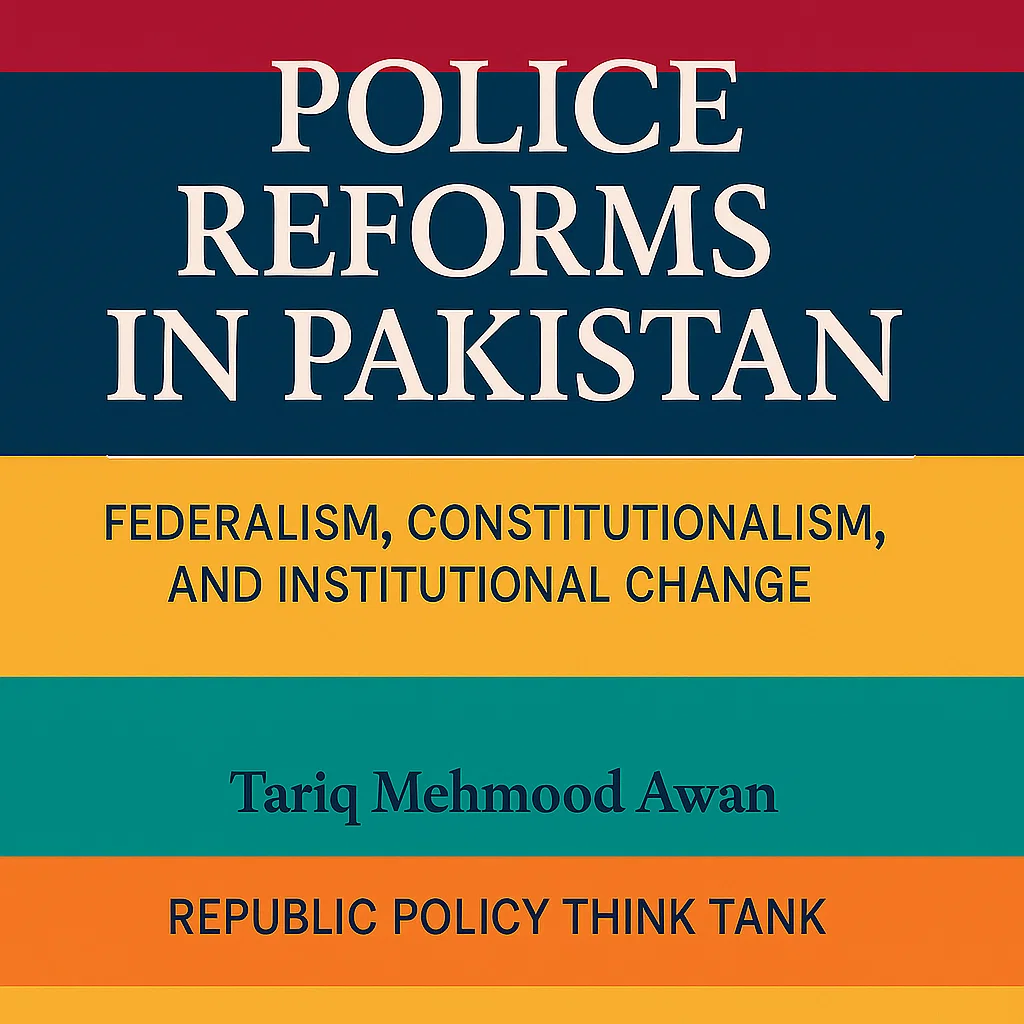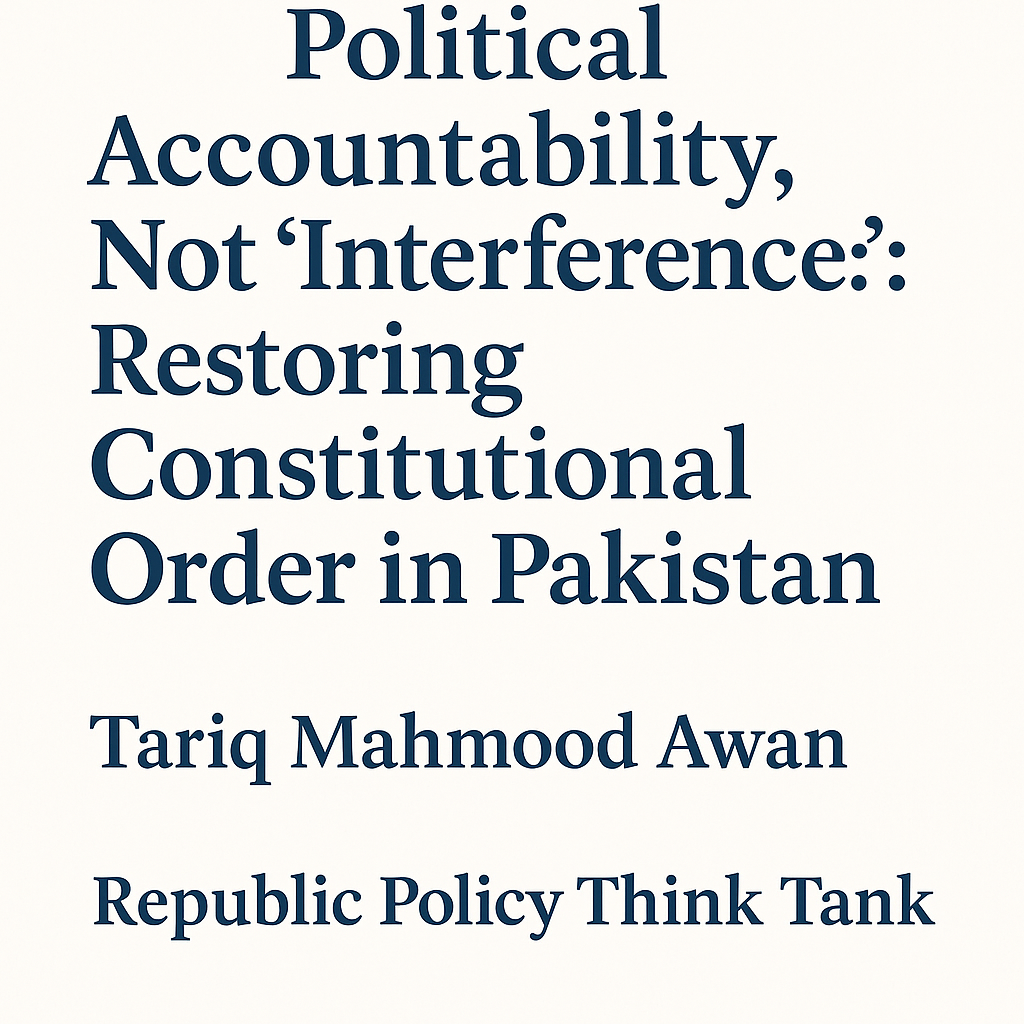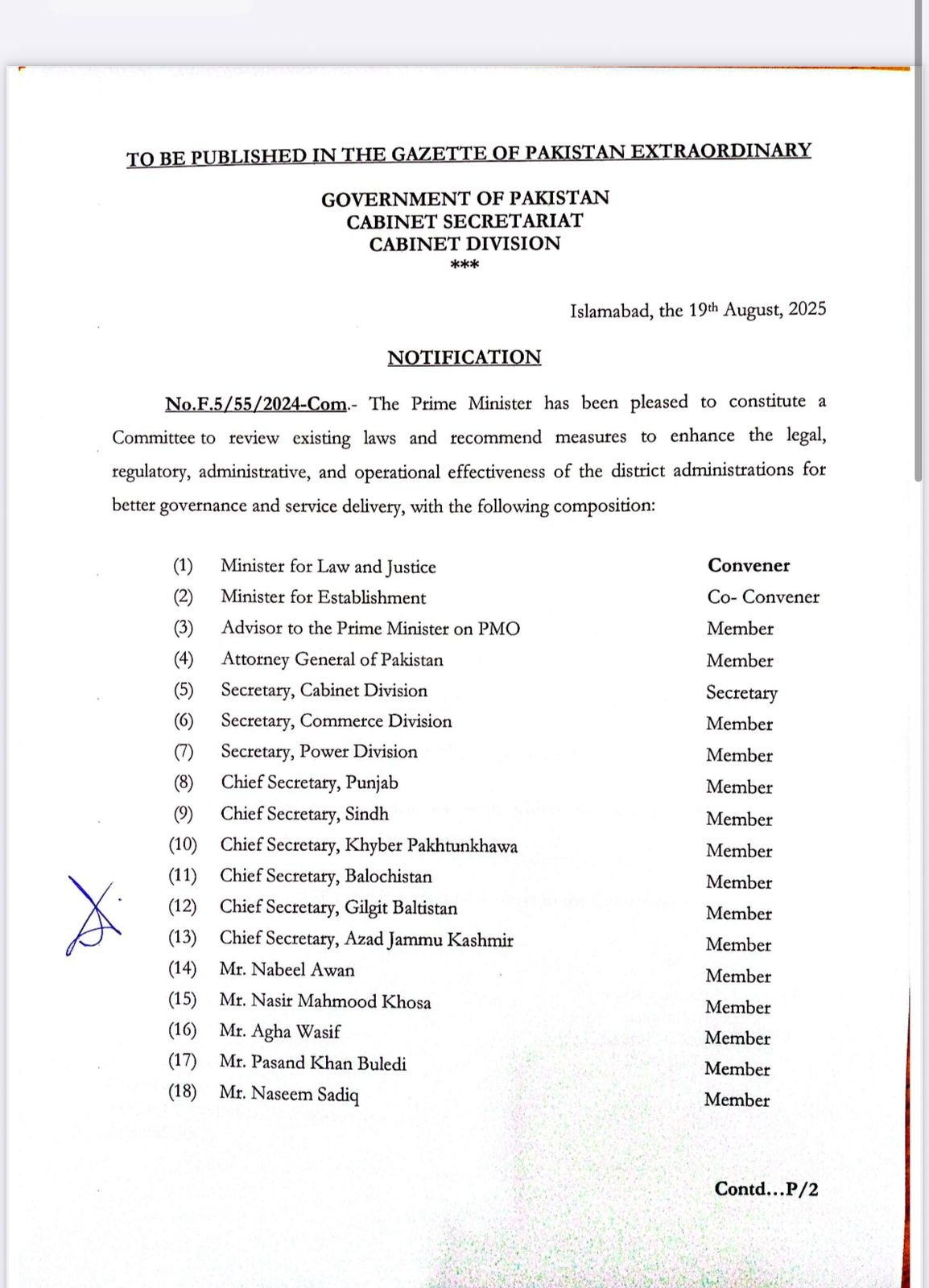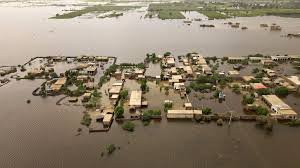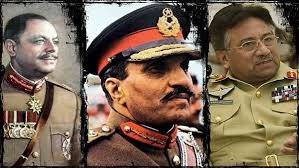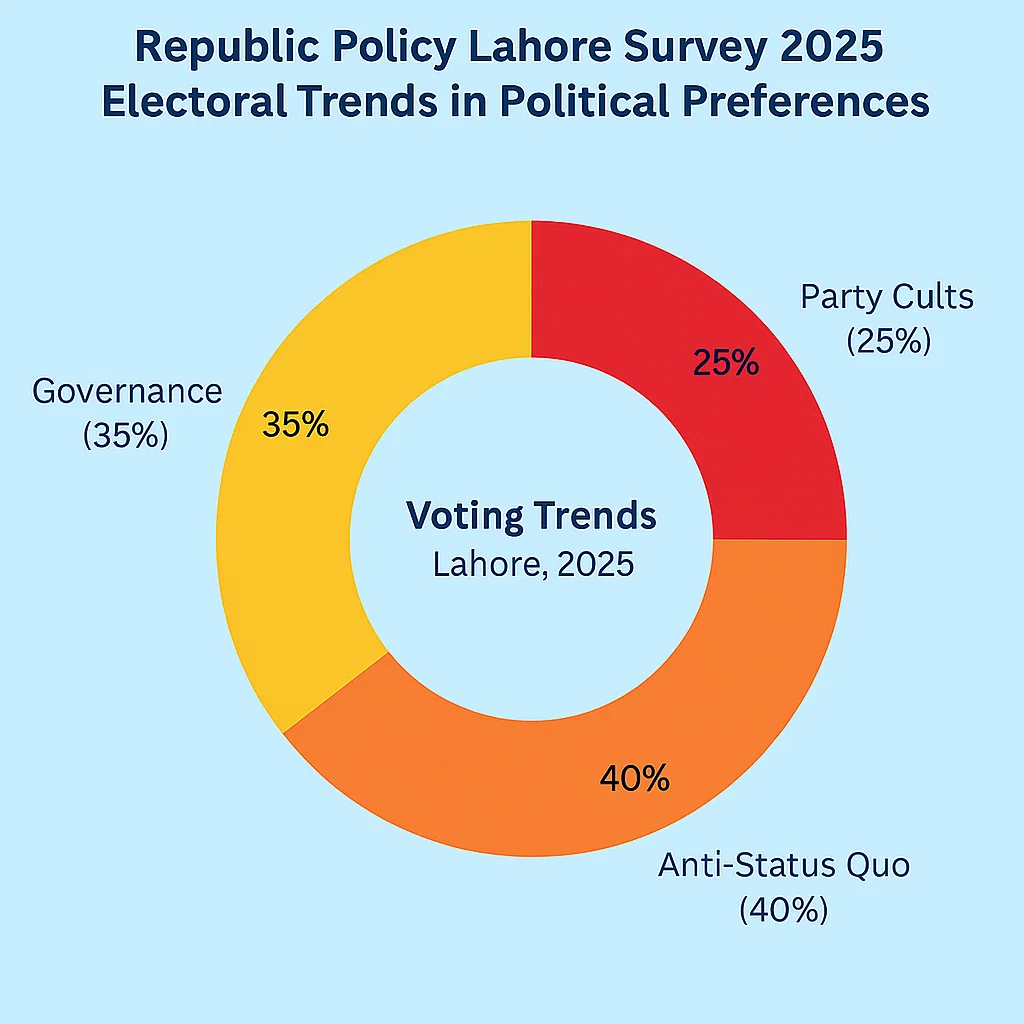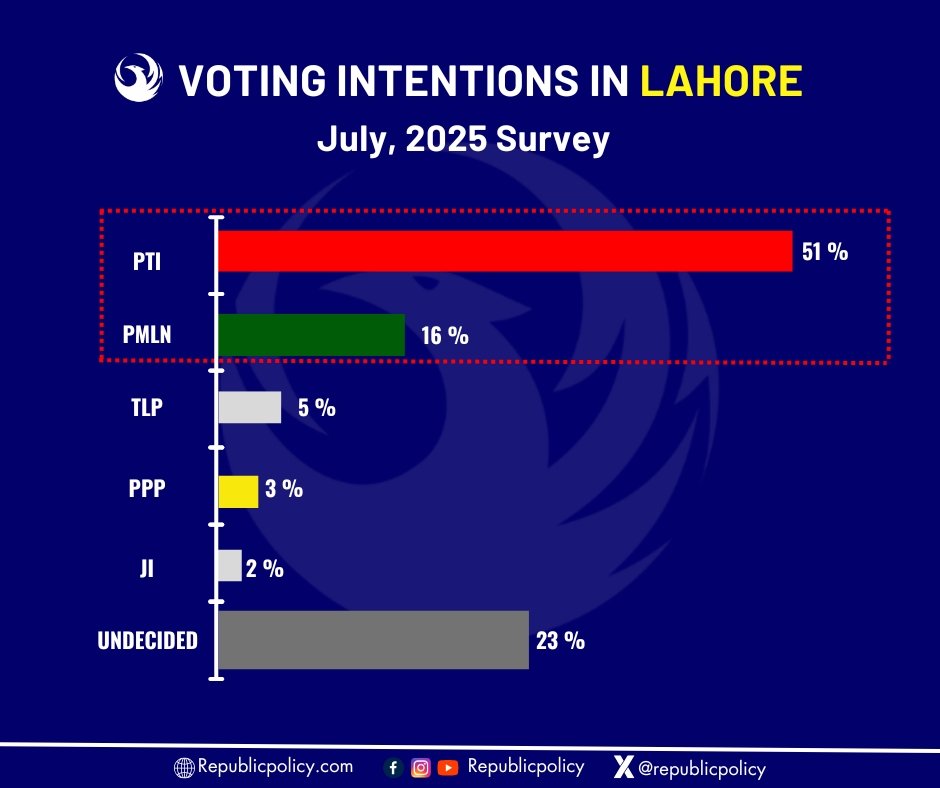Mudassir Rizwan
Creating and maintaining a political party in Pakistan requires a well-structured organization that is ideologically driven, locally rooted, and adaptable to the political realities of the country. The political landscape in Pakistan is dynamic and complex, with various ethnic, cultural, and religious communities, each with their own needs and aspirations. The success of a political party lies in its ability to align its ideology with the people it seeks to represent while maintaining an organizational structure that is transparent, responsive, and effective at every level. This article presents a roadmap for organizing a political party in Pakistan, considering the crucial elements of ideology, structure, and membership, with a focus on local-level politics and community involvement.
Before any organizational structure can be built, the first step is to define the party’s ideology, objectives, and mission. The ideology will serve as the foundation for all the party’s actions and policies. This can range from a left-leaning, progressive stance focusing on social welfare and equality to a conservative ideology based on tradition and national sovereignty.
The objectives of the party should focus on addressing the pressing issues of the country, such as democracy, rule of law, governance including poverty, corruption, unemployment, healthcare, education, and national security. It should aim to develop a robust economic policy, enhance the rule of law, and foster democratic values. The mission of the political party should be to represent the people at all levels of government, with a particular emphasis on grassroots development and community welfare.
Ideology should not be a mere academic exercise; it must resonate with the masses. For instance, a political party might position itself as a champion of the working class, youth empowerment, and social justice while respecting Pakistan’s unique cultural and religious diversity. This will foster a deep sense of ownership and engagement among party members and the electorate.
A successful political party in Pakistan must have a well-defined structure that spans from the top leadership to the grassroots level. This ensures a clear line of accountability and facilitates efficient decision-making.
- Top-level structure: At the highest level, the party should have a central executive committee, led by the party president, with a team of senior leaders responsible for national strategy, policy-making, and coordination. This level is responsible for formulating the broader political vision and engaging in high-level negotiations with other political entities, international bodies, and key stakeholders.
- Middle-level structure: This layer should consist of provincial-level offices and representatives who ensure that the national strategy is tailored to local realities. The middle layer ensures the proper dissemination of policies, resource allocation, and candidate selection processes across the country.
- Grassroots-level structure: This is where the party has the most significant impact. The grassroots structure should consist of local committees, with union councils as the fundamental unit of organization. Union councils are the smallest administrative units in Pakistan and are deeply entrenched in local politics. These committees should consist of party workers who are deeply embedded within their communities, ensuring that the party remains responsive to local issues.
The union council, being the fundamental unit of the local government structure, should form the core of the party’s organization. Political parties must establish grassroots-level leadership that is familiar with the concerns of the local population. A union-based structure will allow the party to engage directly with its supporters, listen to their grievances, and develop policies that are locally relevant.
- Union Council Level: At the union council level, party workers should engage with local communities, listen to their problems, and develop localized strategies for improving their livelihoods. They should also work to identify potential leaders within the community who can run for local government elections.
- Tehsil Level: Once the union councils are well-established, the next layer of the party structure should be at the tehsil level (sub-district). The tehsil structure should coordinate the activities of multiple union councils and ensure that local issues are represented at a higher level. This also ensures that the party’s presence is felt throughout the entire administrative division.
- District Level: At the district level, the party should have committees that oversee the work being done at the tehsil and union council levels. The district leadership ensures that local concerns are taken to the provincial or federal government.
Pl watch the video and subscribe to the YouTube channel of republicpolicy.com for quality content:
The party should focus on local government elections as the primary means of organizing and recruiting political workers. Union councils provide a significant platform for grassroots political engagement, which will allow party members to directly impact their communities. This union-based structure will ensure that local leaders are in touch with their constituencies and that the party’s core values are implemented at the ground level.
The party should actively participate in local government elections and encourage its members to run for positions in union councils, tehsils, and districts. This will ensure that the party’s influence grows organically, allowing it to challenge established political structures at the provincial and federal levels.
A political party thrives on the strength and commitment of its members. Therefore, the party should actively recruit members who are ideologically driven and share the party’s vision. These individuals should be dedicated to working for the community and be committed to the party’s mission, regardless of any personal gains.
To attract such members, the party should organize outreach programs, events, and forums where potential members can discuss the party’s goals and objectives. These efforts will help foster a dedicated, motivated membership base that will be the backbone of the party.
To ensure accountability, elections must be held at the middle and top levels of the party structure. These elections should be transparent and fair, with an emphasis on internal democracy. Holding regular elections will prevent the concentration of power in the hands of a few individuals and allow new leadership to emerge, keeping the party dynamic and responsive.
Basic members must undergo political training to ensure they understand the party’s ideology, policy positions, and the political process. This training should focus on public service, leadership development, and effective communication, ensuring that members are well-equipped to serve their communities and represent the party’s interests.
The party should maintain a clear distinction between those who seek to run for elections and those who aspire to lead the party. This separation is essential for ensuring that the party leadership remains focused on long-term strategic goals, while candidates can concentrate on representing their constituencies effectively. This system prevents conflicts of interest and ensures that elected officials are fully committed to their roles.
In today’s digital age, political parties should adopt both digital and on-field methods to recruit members. A dedicated website and social media presence will allow the party to reach a wider audience, while on-the-ground campaigns will help engage local communities. Combining these methods will ensure the party reaches all demographics, from urban to rural areas.
To maintain a functional and effective party, members who do not contribute to the party’s activities should be replaced swiftly. This process should be transparent and based on merit, ensuring that the party remains dynamic, motivated, and focused on its goals.
A comprehensive political party must also develop its legislative, administrative, and financial structures. The party’s legislative framework will dictate how policies are developed and debated, while its administrative structures will ensure smooth day-to-day operations. Financial sustainability should be ensured through member contributions, fundraising efforts, and transparency in handling party funds. These structures will help maintain the party’s integrity and functionality.
Organizing a political party in Pakistan requires a structured approach, with a strong focus on ideology, grassroots engagement, and local government involvement. By making the union council the fundamental unit of organization and developing a transparent, accountable structure at all levels, political parties can establish a strong presence in Pakistan’s political landscape. With a commitment to political training, ideological integrity, and community-based leadership, parties can create an organization that is both effective and responsive to the needs of the people.





